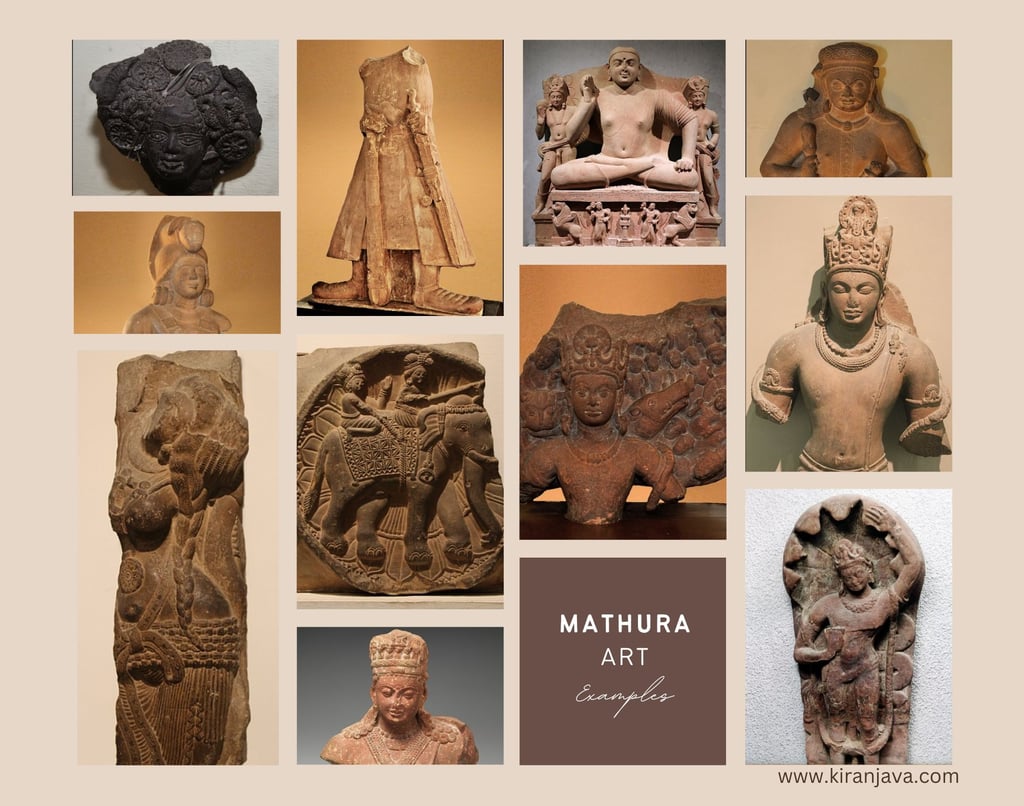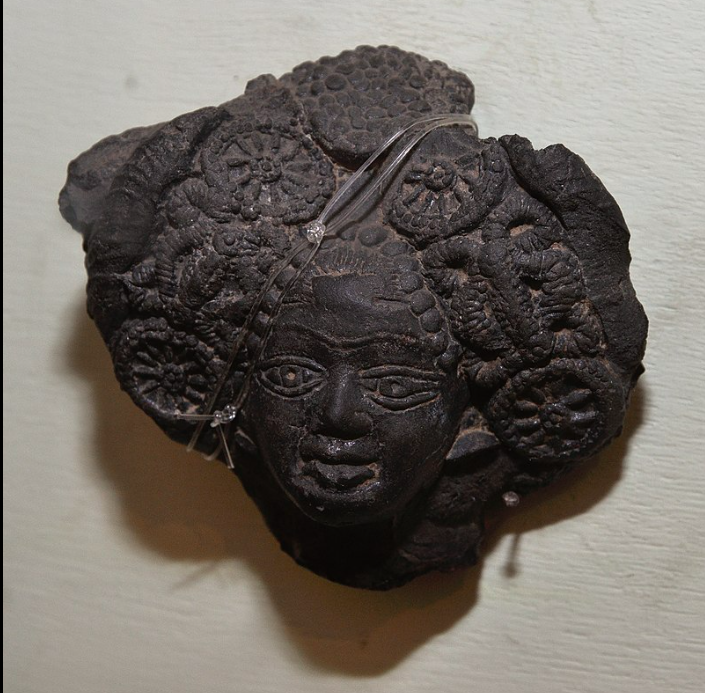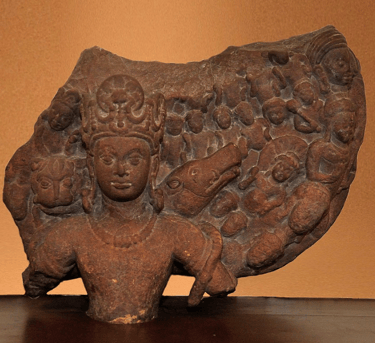The Wonder of Mathura Art
The Art of Mathura refers to a particular school of Indian art, almost entirely surviving in the form of sculpture. This article talks about the history and details of the famous Mathura Art and gives the main examples. It also includes a timeline of Indian Art.
MATHURASCULPTUREKRISHNAINDIAN ART AND CULTURE


Many a visitor to Mathura city miss out on a valuable piece of Indian history and that is the beautiful ancient art of Mathura. Mathura Art refers to the art mainly surviving in sculpture form that goes back 2nd century B.C. Yes! You read that right! The period was from 2nd century B.C. to 12th century A.D and Mathura was a major trading and pilgrimage centre. But its most significant contribution was made during the Kushan and Gupta period (1st century A.D. to 6th century A.D). The ancient and Mathura artifacts are carefully preserved by the Rashtriya Sangrahalaya or Government Museum, Mathura.
Mathura art flourished during the Kushana Empire under the reign of Emperor Kanishka. Kanishka was a renowned king of ancient India and reigned from 127 to 150 AD. Later on in 6th or 7th century during the Gupta Era, Mathura art reached its peak and reached its pinnacle.
It is interesting to note that Mathura Art flourished during the time when Hinduism, Buddhism and Jainism together flourished in India. Mathura art produced sculptures relating to Hinduism, Buddhism, and Jainism.
Mathura Art developed indigenously without foreign influence (indigenously here means the art developed in the place where it is from originally and not due to any foreign influence. As an example, in Gandhara Art one can see the Greek influence).
For its material, Mathura Art uses the Spotted Red Sandstone as prominent material as opposed to grey sandstone of Gandhara Art.
From the 2nd century BC onwards Mathura Art became very distinctive and famous and was exported all over India. It is in Mathura that the convention began of sculpting deities with extra arms or faces to highlight their divinity. This occurred around 4th century AD. Again, it was in Mathura that the iconic image of Buddha with human face was developed for the first time. Prior to this, example in Bharhut or Sanchi, Buddha was represented by symbols such as Wheel of Law or Bodhi Tree.
Famous examples of Mathura Art
Agnipani Yaksha (fire holder). 100 BC. Fire God Agni has a halo with incised flames and held a water flask in the left hand. Mathura Museum
Mehrauli Yakshi, 150 BC, Mathura. Can be viewed in India National Musuem, New Delhi
Medallion with elephant and riders, Gayatri Tila, Mathura, circa 150 BC
Mahārāja Rājadhirāja Devaputra Kāṇiṣka, 2nd century AD, Mathura
Seated Buddha 131 AD, Mathura
Surya Dev Sun God Surya in Indo-Scythian dress, also revered in Buddhism, 2nd century CE, Kankali Tila
Bodhisattva with jewellery, 3rd–early 4th century AD
Nagaraj 4th century AD Gupta Period
Vishnu Vishvaroop 5th century AD
Vishnu of Gupta Period
Hindu art found its first inspiration in the Buddhist art of Mathura. The three Vedic gods Indra, Brahma and Surya were actually first depicted in Buddhist sculpture from the 2nd-1st century BCE, as attendants in scenes commemorating the life of the Buddha, even when the Buddha himself was not yet shown in human form.
Please note
During Kushan era time, statues pertaining to Gopala-Krishna, are absent from Mathura, suggesting the near absence of this cult in northern India. The cult seems to appear around the Gupta period (6th century AD). But the first major depictions of the legendary life of Gopal Krishna actually appear in the sculptures of Badami in South India from the 6th-7th century AD.
Importance of Mathura Art in the time-line of Indian Art
2nd and 3rd millenniums BC (2500 BC onwards) - Abstract figures of terracotta and stone in the Indus Valley civilisation (sculptures, seals, pottery, jewellery, terracotta figures). Major sites are Harappa & Mohenjodaro. In India Rakhigarhi (Haryana), Ropar (Punjab), Kalibangan and Balathal (Rajasthan), Lothal and Dholavira.
322 and 185 BC - Mauryan Dynasty - Figures of Mauryan Period intricate work like Sarnath lions. It represented an important transition in Indian art from use of wood to stone. It was a royal art patronized by Mauryan kings especially Ashoka. Pillars, Stupas, caves are the most prominent survivals. Both Court art and popular everyday art flourished and examples can be seen of both.
200-75 BC - Shunga Empire - Famous Stupas of Barhut and Sanchi
73 BC to 28 BC - Kanva Dynasty (capital Pataliputra) - Buddhist art flourished
200 BC - 200 AD - Satavahana Dynasty - The most important stupas of this period are Amravati and Nagarjunakonda. The Amaravati stupa is full of sculptures that depict the various scenes from the life of the Buddha.
30 AD to 375 AD - Kushan period: Mathura art and Gandhara Art
300-600 AD - Gupta Period also called the Classical age of Indian art with a variety of images and sculptures of Hindu Gods and Goddesses.
830 AD - 1315 AD - Chandela Dynasty - Khajuraho Temples, Madhya Pradesh
This article has been prepared as part of my studies for the Diploma in Indian Aesthetics from Mumbai University





